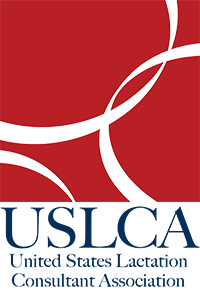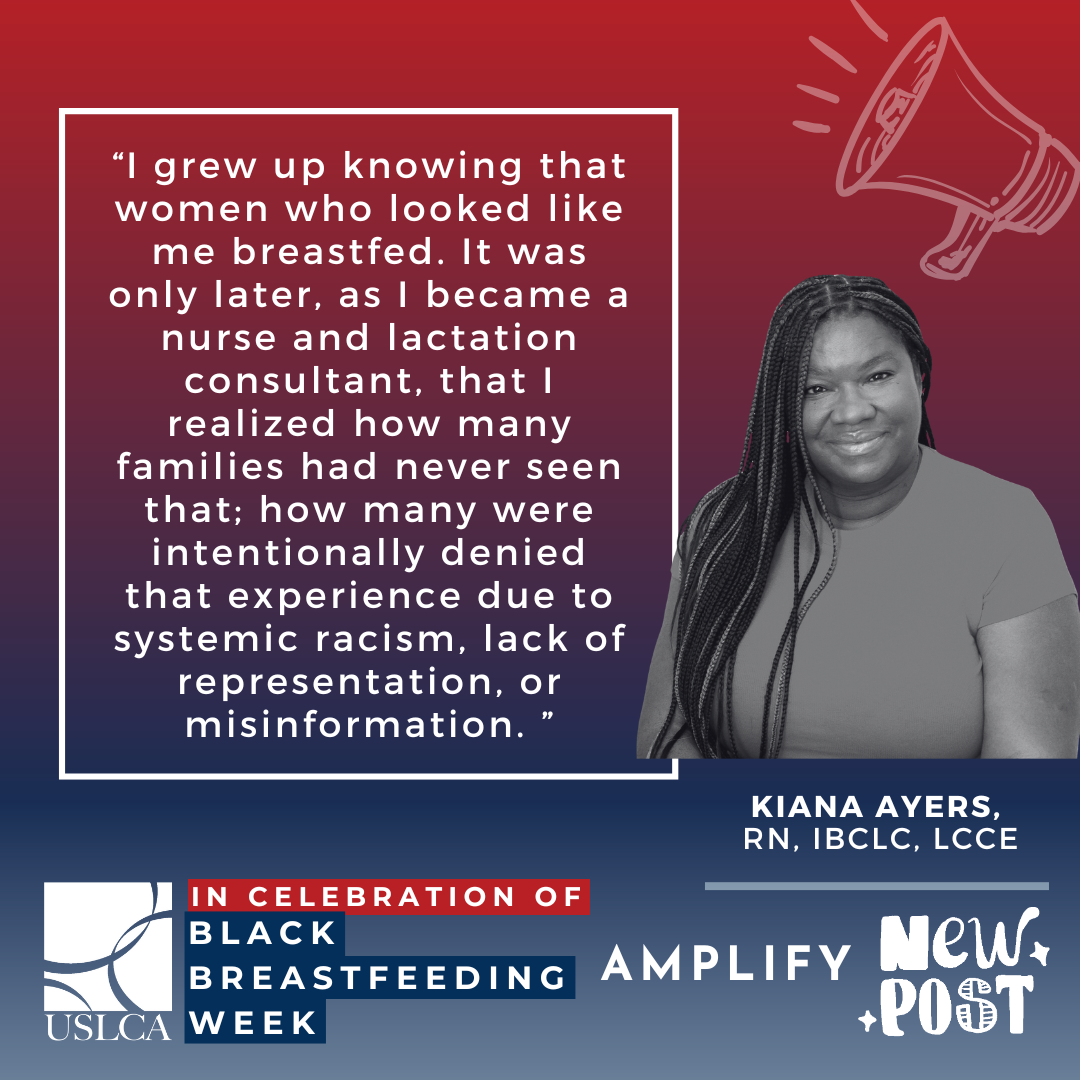Genny Stiller PNP, IBCLC
 April is Autism Awareness/Acceptance Month! If you’re wondering how this relates to lactation, sit back, and hold on tight to your phone or whichever device you’re reading this on, because I’m going to tell you all about it. In this post, I’m reviewing the history of the Autism Awareness campaign, highlighting the relevance of autism to lactation, and discussing ways to demonstrate autism acceptance in your lactation practice.
April is Autism Awareness/Acceptance Month! If you’re wondering how this relates to lactation, sit back, and hold on tight to your phone or whichever device you’re reading this on, because I’m going to tell you all about it. In this post, I’m reviewing the history of the Autism Awareness campaign, highlighting the relevance of autism to lactation, and discussing ways to demonstrate autism acceptance in your lactation practice.
In the 1970s the Autism Society began a nationwide campaign dedicated to increasing public awareness about autism and the day-to-day issues faced by autistic individuals, their families, and the professionals they interact with. It was adopted by congress in 1984 and was further strengthened by the release of the autism awareness ribbon in 1999. Since then it has grown and evolved, debuting its new title this year, Autism Acceptance Month.
But how is it really relevant to lactation? This is the most frequently asked question I get when I talk about my specialty in neurodiverse lactation support. While the answer to that is clear in my mind, I understand that the two topics are not typically considered in tandem when assessing lactation challenges. The CDC estimates that 1,080,322 US women are autistic. I can not tell you how many of those women are childbearing, but I will tell you this- one is enough. One autistic person is relevant and worthy of effective, specialized lactation support should they choose to have children and nurse their baby. There is insufficient research on the experiences of autistic individuals during lactation, however, clinical practice provides insight toward a better understanding of the unique challenges. Key characteristics of Autism Spectrum Conditions (ASC) such as sensory sensitivities, preference for sameness, a strong need for movement, and challenges in social situations are not gender-specific and have the potential to impact the lactation experience. Sensory overload in lactation can present as generalized nipple pain without an obvious source (e.g. infection, oral restriction, latch issues) which requires an enhanced approach to assessment. Recognize that autistic individuals experience sensory overload with heightened intensity and lactation is no exception.
Where am I going with all this? We are all aware of autism. Yet, as clinicians, we are probably not routinely inquiring about Autism Spectrum Conditions (ASC) during our traditional medical history intake, assessment, and care planning. Evolving awareness into acceptance in lactation support looks like asking our clients about ASC, other neurodiverse conditions such as ADD, ADHD, and Asperger’s alongside diabetes and hypertension in the medical history. It looks like building an effective plan of care that aligns with the client’s unique sensory needs. The key point here is that we don’t have to be experts in autism or diabetes to recognize that there are relevant impacts on an individual’s lactation experience.
My hope is that you will feel inspired to take action beyond awareness, embrace and include neurodiverse parents, and consider ways to neuro-diversify your lactation practice. Celebrate all the differences and discover the clever ways we can think outside the typical boob box and support neurodiverse lactating families.
If you’re interested in learning more about this content, you don’t have to travel far. USLCA has an informative, recorded webinar all about supporting the neurodiverse lactating parent, titled “Sensory Conscious Lactation Support”, presented by myself. You can access the webinar under USLCA’s virtual events tab.
References
https://www.autism-society.org/
https://www.merriam-webster.com/dictionary/neurodiversity
Genny’s lactation story:
Genny Stiller is a board-certified nurse practitioner and lactation consultant specializing in neurodiverse lactation support and education. She has been in lactation support since 2000 with experience in hospital settings, mother-to-mother support groups, and private practice. She developed the Sensory Conscious Lactation Support approach, incorporating sensory assessment into lactation practice.
The content of this post does not imply endorsement and may not reflect the position of USLCA.



